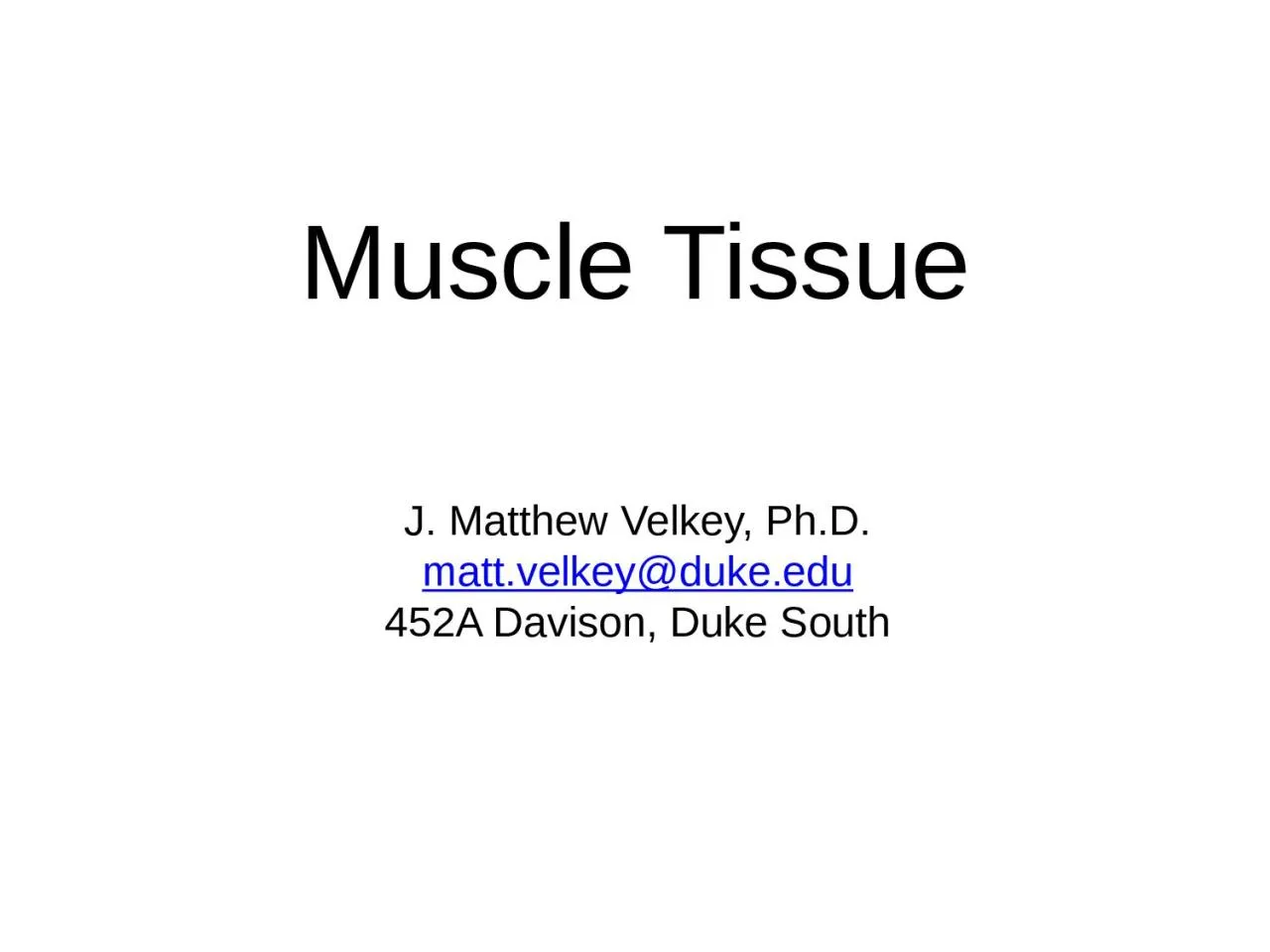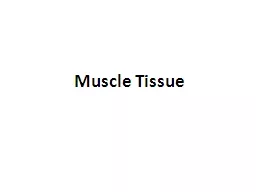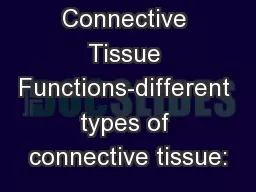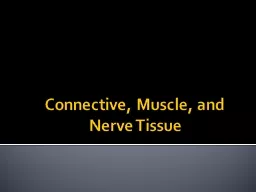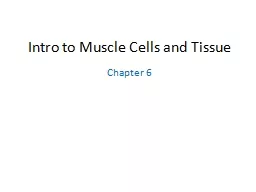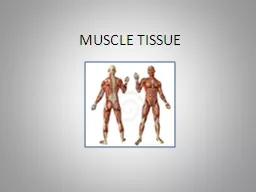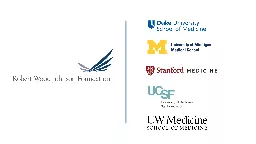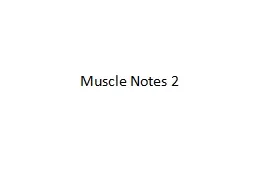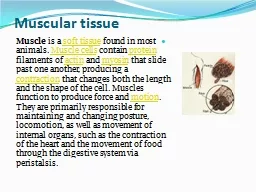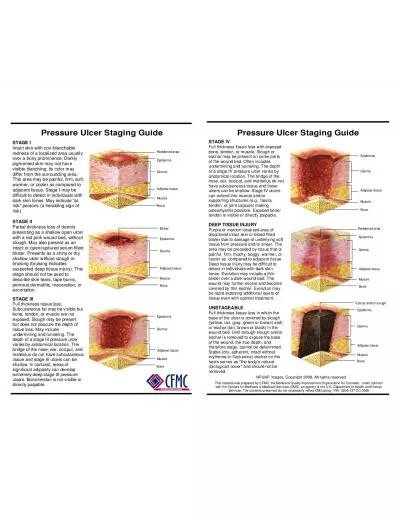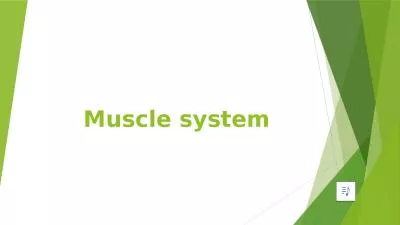PPT-Muscle Tissue J. Matthew Velkey, Ph.D.
Author : yvonne | Published Date : 2022-06-01
mattvelkeydukeedu 452A Davison Duke South Muscle Tissue I Striated Muscle regularly arranged contractile units A Skeletal Muscle long cylindrical multinucleated
Presentation Embed Code
Download Presentation
Download Presentation The PPT/PDF document "Muscle Tissue J. Matthew Velkey, Ph.D." is the property of its rightful owner. Permission is granted to download and print the materials on this website for personal, non-commercial use only, and to display it on your personal computer provided you do not modify the materials and that you retain all copyright notices contained in the materials. By downloading content from our website, you accept the terms of this agreement.
Muscle Tissue J. Matthew Velkey, Ph.D.: Transcript
Download Rules Of Document
"Muscle Tissue J. Matthew Velkey, Ph.D."The content belongs to its owner. You may download and print it for personal use, without modification, and keep all copyright notices. By downloading, you agree to these terms.
Related Documents

